These armor-piercing bombs were guided weapons mainly used against Allied ships in the Mediterranean region.
However, Hitlers precision-guided bombs could have been used to disruptOperation Overlord in Normandy.
Tom Laemlein gives us the full story on what may have been the worlds first precision guided ASW.
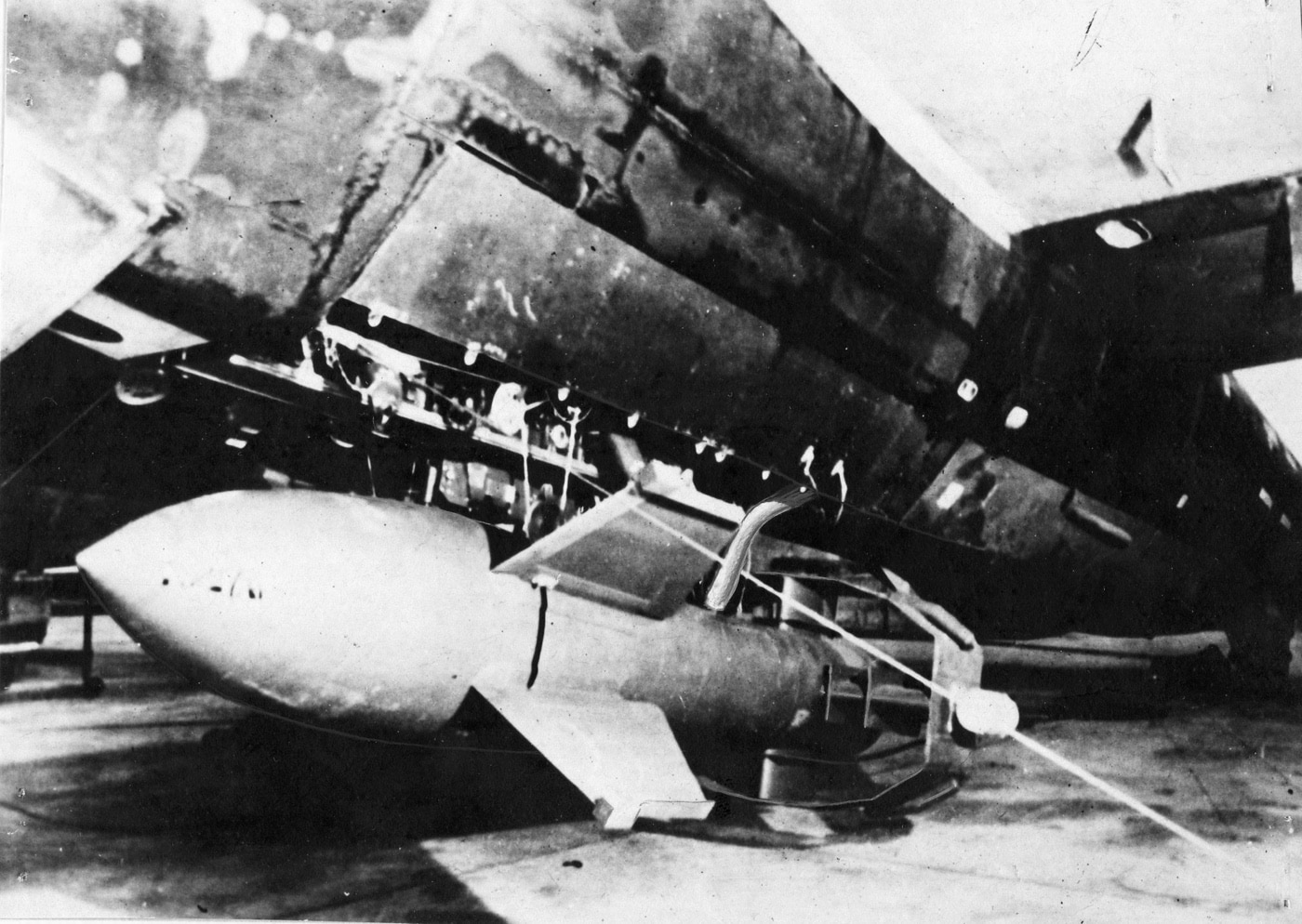
The Fritz X guided bomb is winched aboard a German Heinkel He 177 bomber. Image: NARA
Instead of steaming into combat, the Italian battle fleet would instead sail into capitulation.
The flagship of this Regia Marina armada, commanded by Admiral Carlo Bergemini, was the massive battleshipRoma.
Laid down just five years earlier,Romahad been commissioned in June 1942.
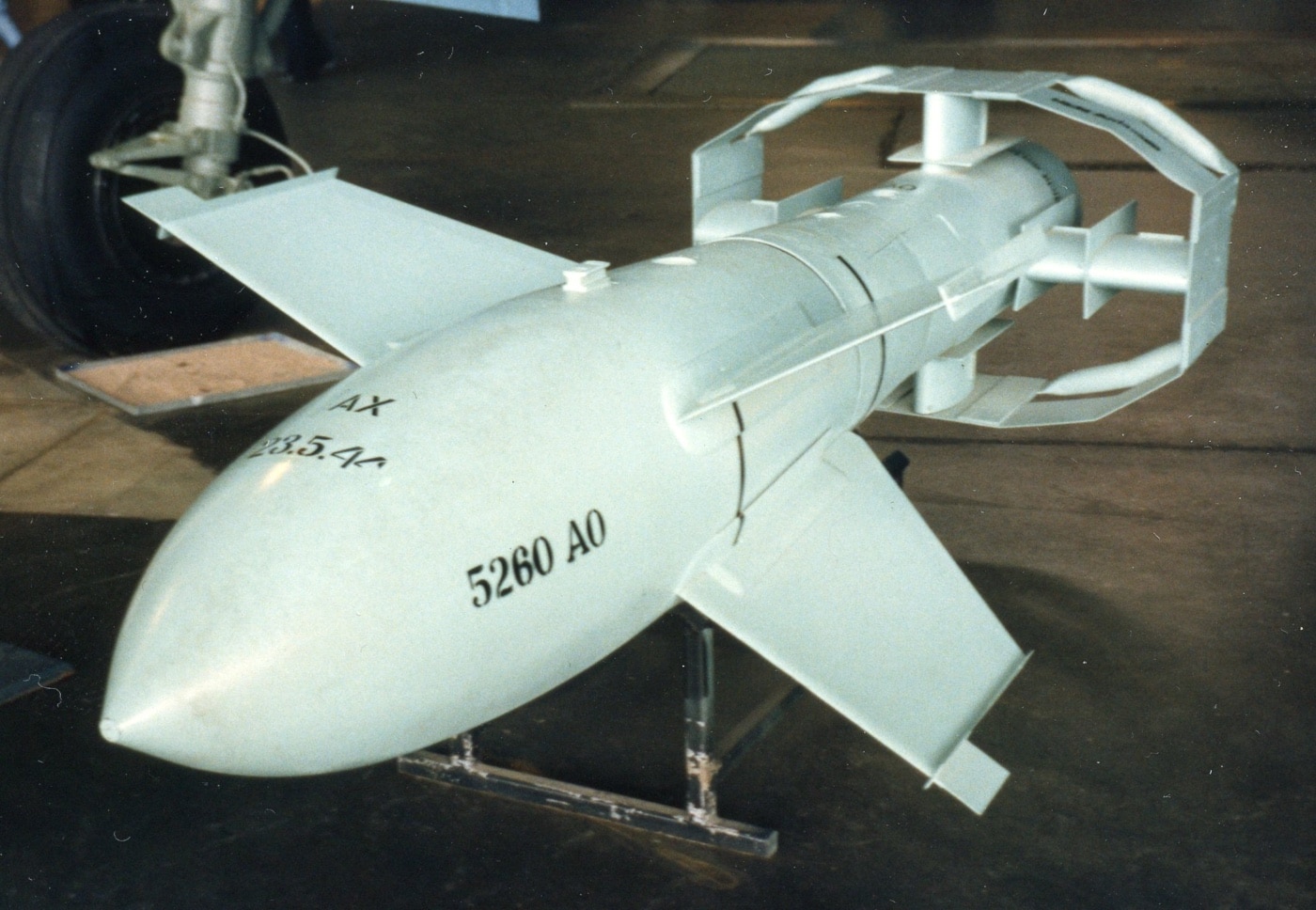
The Ruhrstahl SD 1400X (Fritz X) anti-ship glide bomb on display at the U.S. Air Force Museum. The bomb had a total weight of 3,460 pounds with a 710-pound warhead. Image: Author’s photo
The massive (46,000 tons) ship carried nine 15-inch guns, and a dozen 6-inch cannons as well.
She was protected by up to 13.8 inches of armor, and at full speed theRomacould make 30 knots.
Her sister ships,Vittorio VenetoandLittoriosailed with her on the way to Malta.
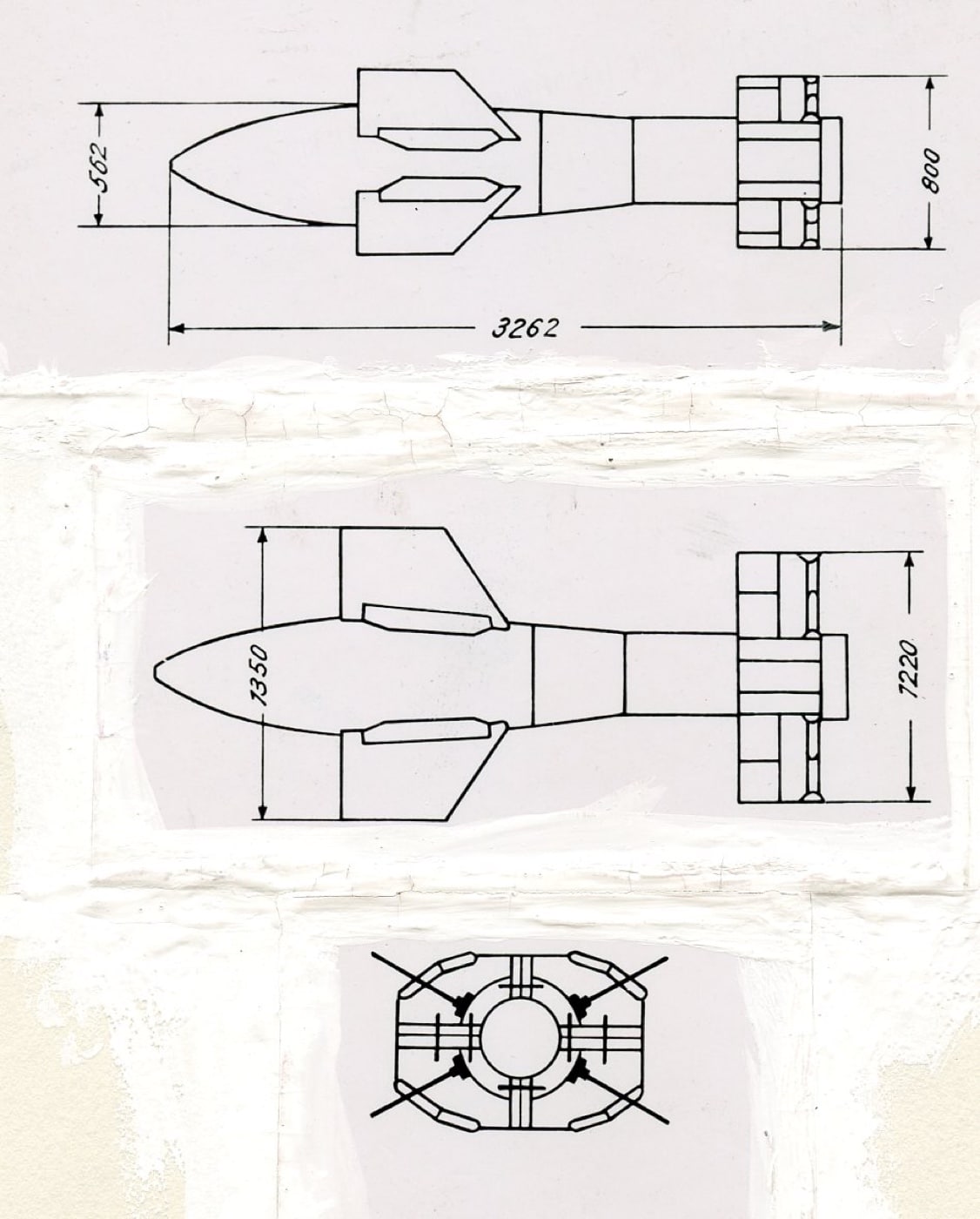
Shown is a German diagram of the Fritz X bomb. Although simple compared to modern ASWs, the glide bomb had devastating effects. Image: NARA
Meanwhile, German forces in the Mediterranean were not sitting still.
So too was much of the airspace above Italy and over the Mediterranean.
Enter the Fritz X Bomb
World War II saw the demise of the battleship.
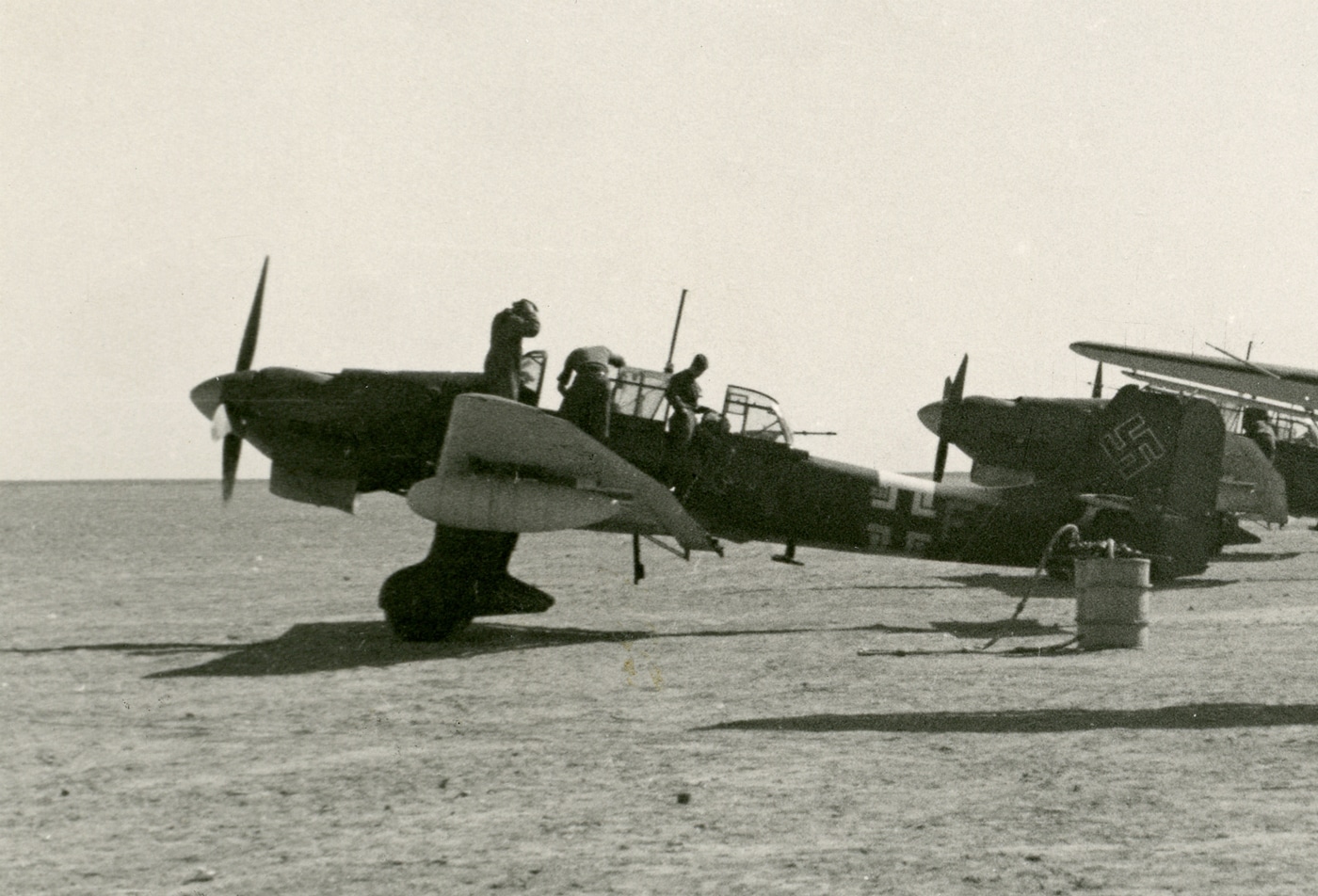
Early in World War II, the Ju-87 Stuka dive bomber was a terror in the skies for ground forces. This image shows a line of Stukas during General Erwin Rommel’s Africa campaign in 1941. Image: NARA
As the power of attacking aircraft grew, the once almighty capital ships struggled to protect themselves.
Operating at high altitude, the aircraft would also be relatively safe from most Allied interceptors as well.
The preferred altitude for launch was 18,000 feet, with about a three-mile distance to the target.
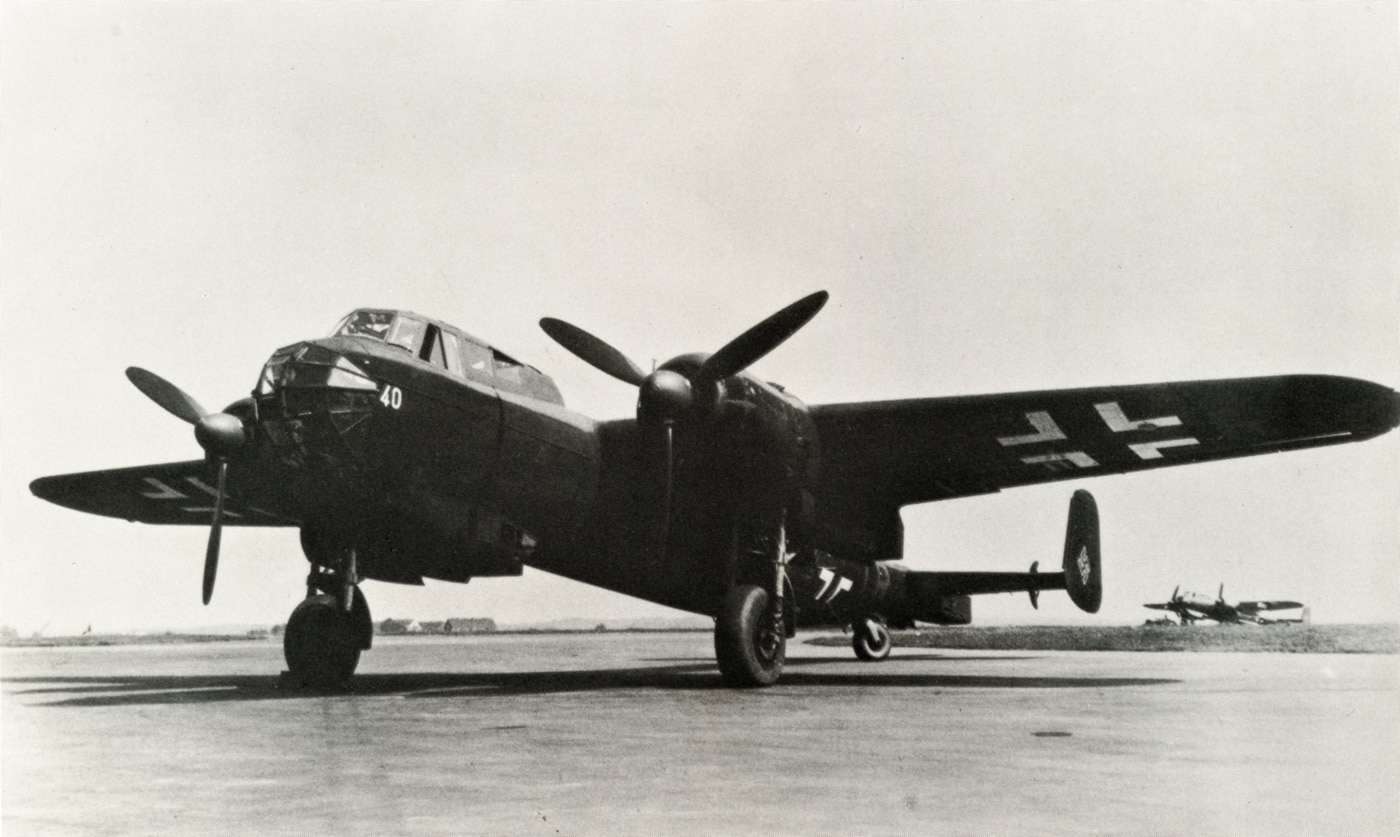
The Dornier Do 217 bomber was the first launch platform for the Fritz X. The plane could carry two of the precision guided bombs. Image: Author’s collection
Neither the Italians nor the Allies were aware of the Fritz X, but they would soon become familiar.
The Germans launched a total of nine Fritz X bombs from approximately 19,000 feet.
Regardless, positive identification of the bombers would not have been possible at that range and altitude.
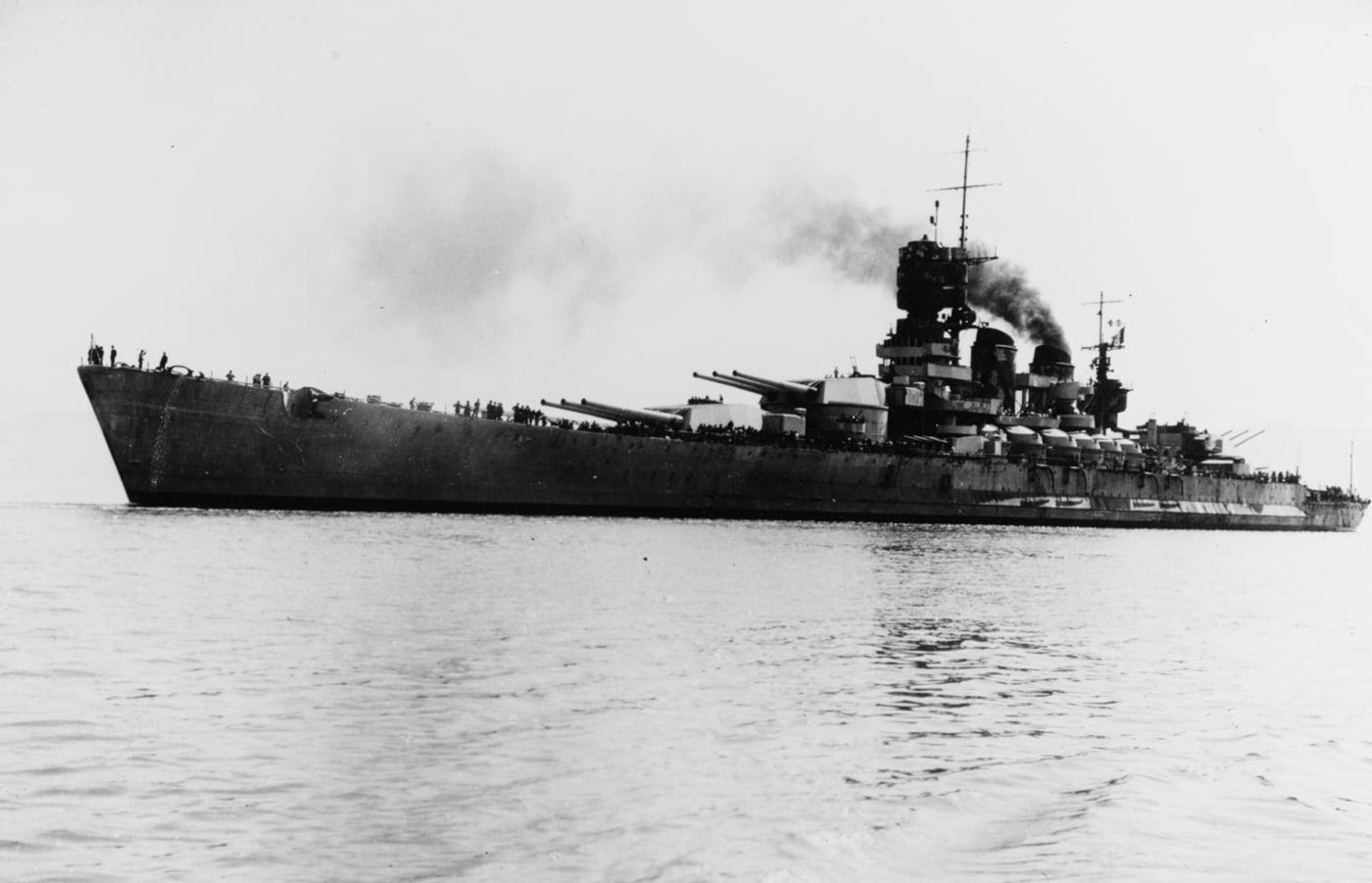
The Italian battleshipRomashortly after completion in 1942. It was destroyed the following year by a German Fritz X bomb while steaming to surrender to Allied forces. Image: U.S. Navy
The explosion caused terrific flooding and worse it detonated the ammunition in the number two turrets magazine.
Fritz was not finished.
The anchorages were crowded with ships of all types and there was no room for evasive maneuvers.
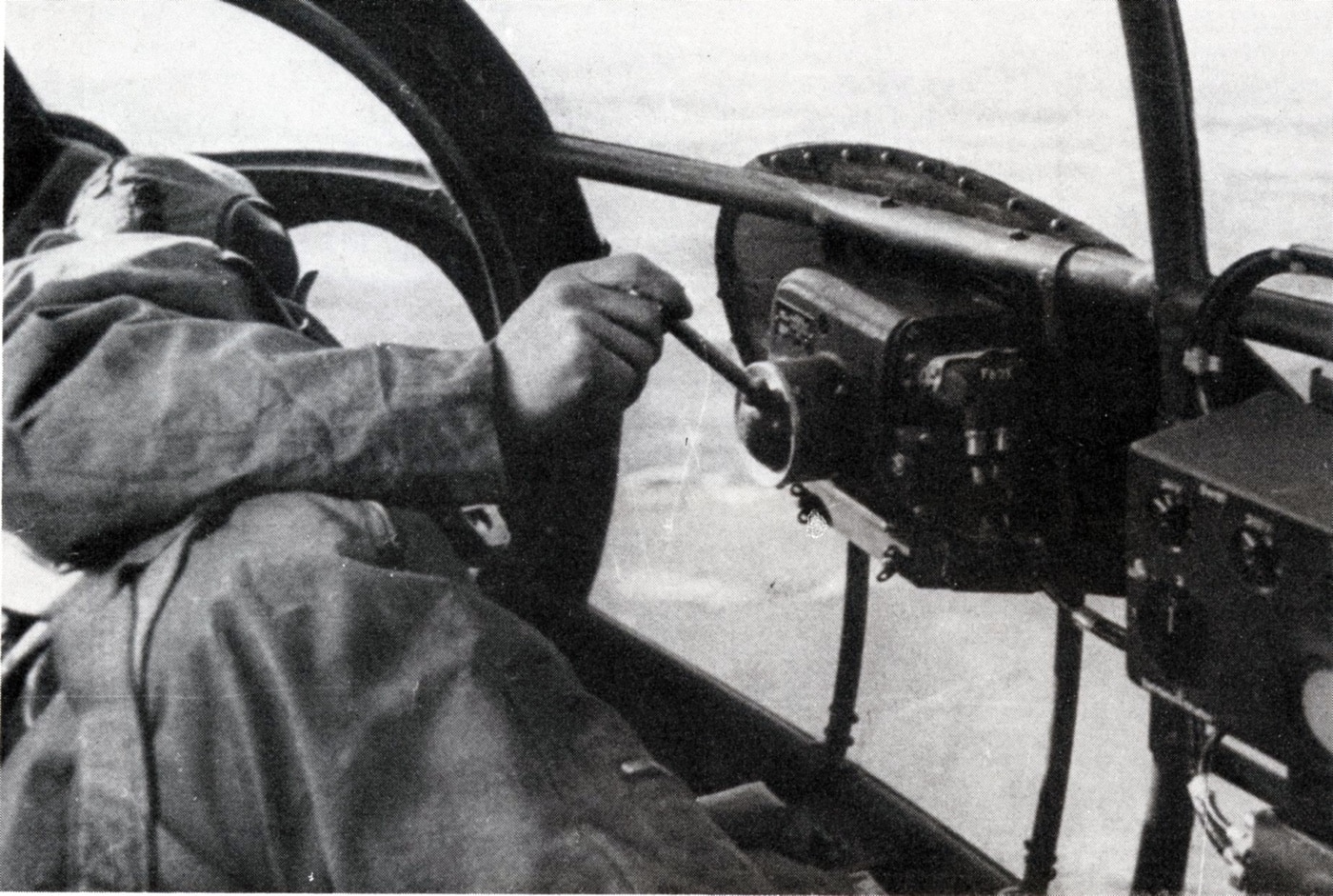
An early version of the Fritz X tested from a German Heinkel He 111 bomber. From this position, the operator could guide the bomb to its target. Image: NARA
First, theBrooklyn-class light cruiser USSPhiladelphia(CL-41) was damaged by a near miss.
Water-tight doors had been torn off by the blast, while decks and bulkheads near the explosion were ruptured.
From a crew of nearly 1,400, theSavannahlost 197 men and 9 officers killed.
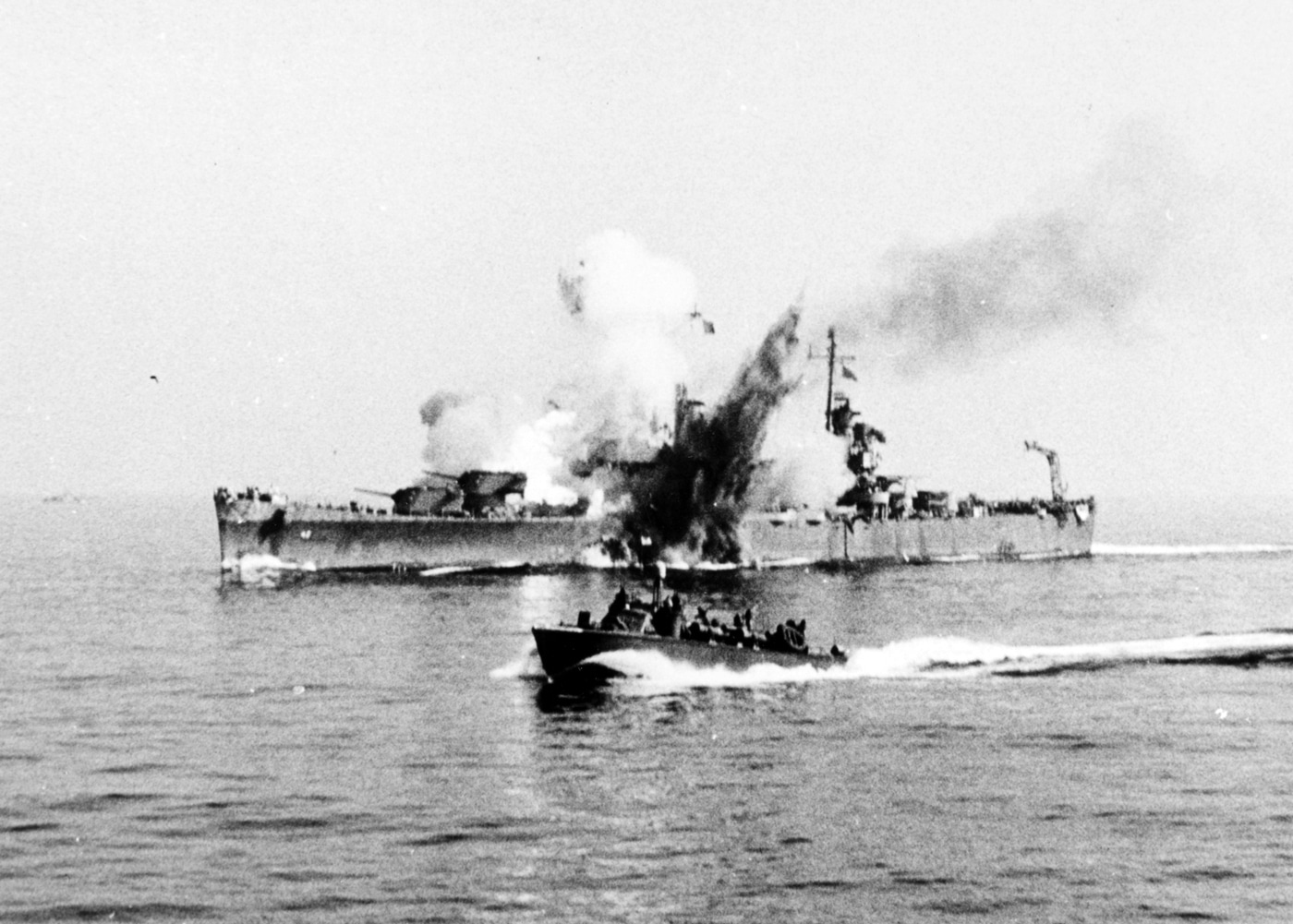
The USSSavannah(CL-42) was struck by a radio-controlled bomb. It penetrated a forward gun turret and exploded deep in the ship. Note part of the explosion emanating below the waterline. Image: U.S. Navy
But two pieces of evidence point to radio-direction of the huge charge.
Guided Bomb Damage Mounts
Soon after the hit onSavannah, the British cruiserUgandawas struck and badly damaged.
On September 14th, more Dornier 217s approached the invasion fleet; embarrassingly, they arrived undetected.
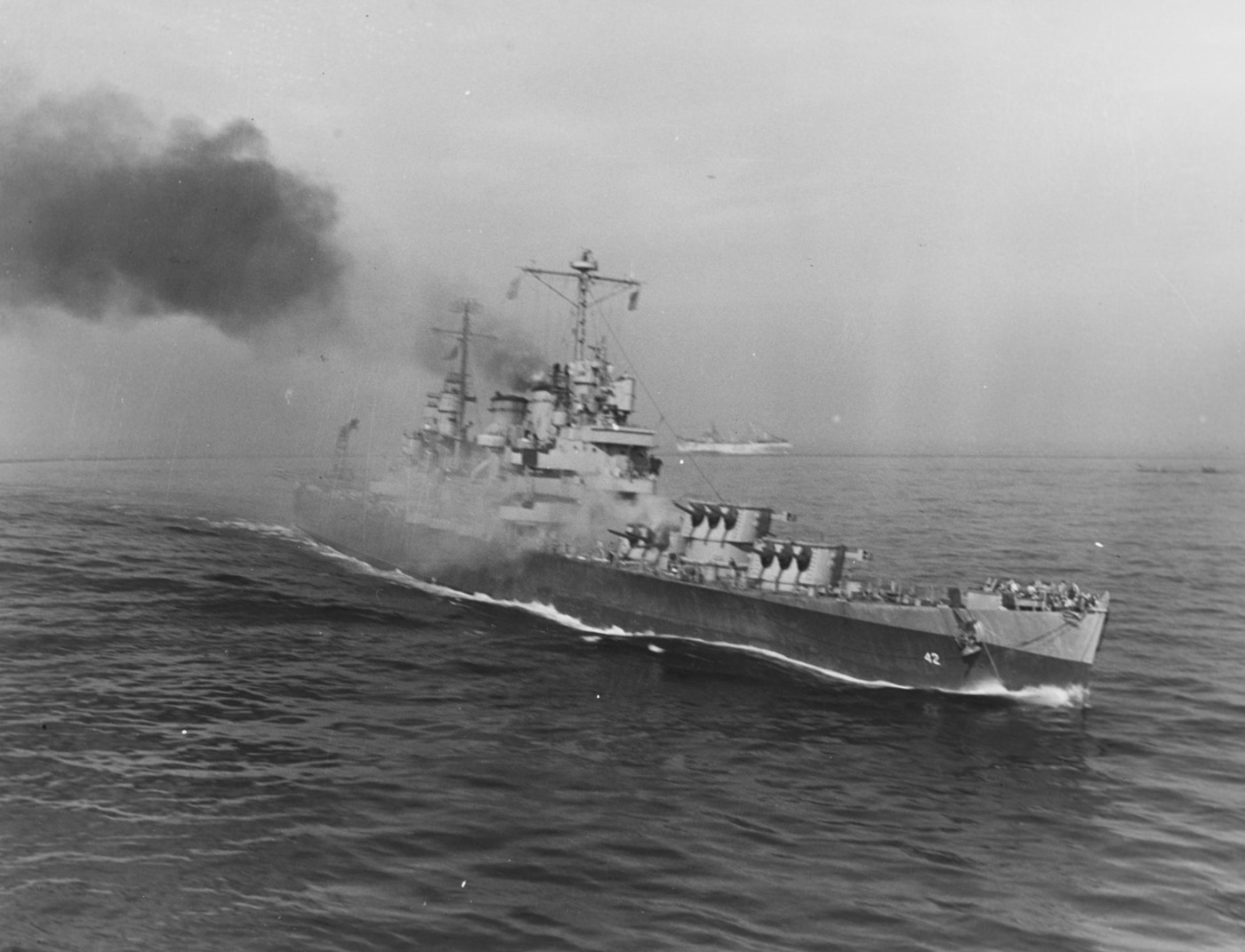
Smoke pours from the hole in the number three 6/47 gun turret of the USSSavannah(CL-42). Set afire after being struck by a Fritz X bomb, more than 200 sailors were killed on the ship. Image: NARA
The bomb is dropped from high altitude by Dornier 217 aircraft by means of normal bomb sight.
The plane is pulled up sharply to initiate the bombardier to keep the bomb in sight.
The bomb is characterized by a smoke or colored vapor trail to aid the bombardier to follow its fall.
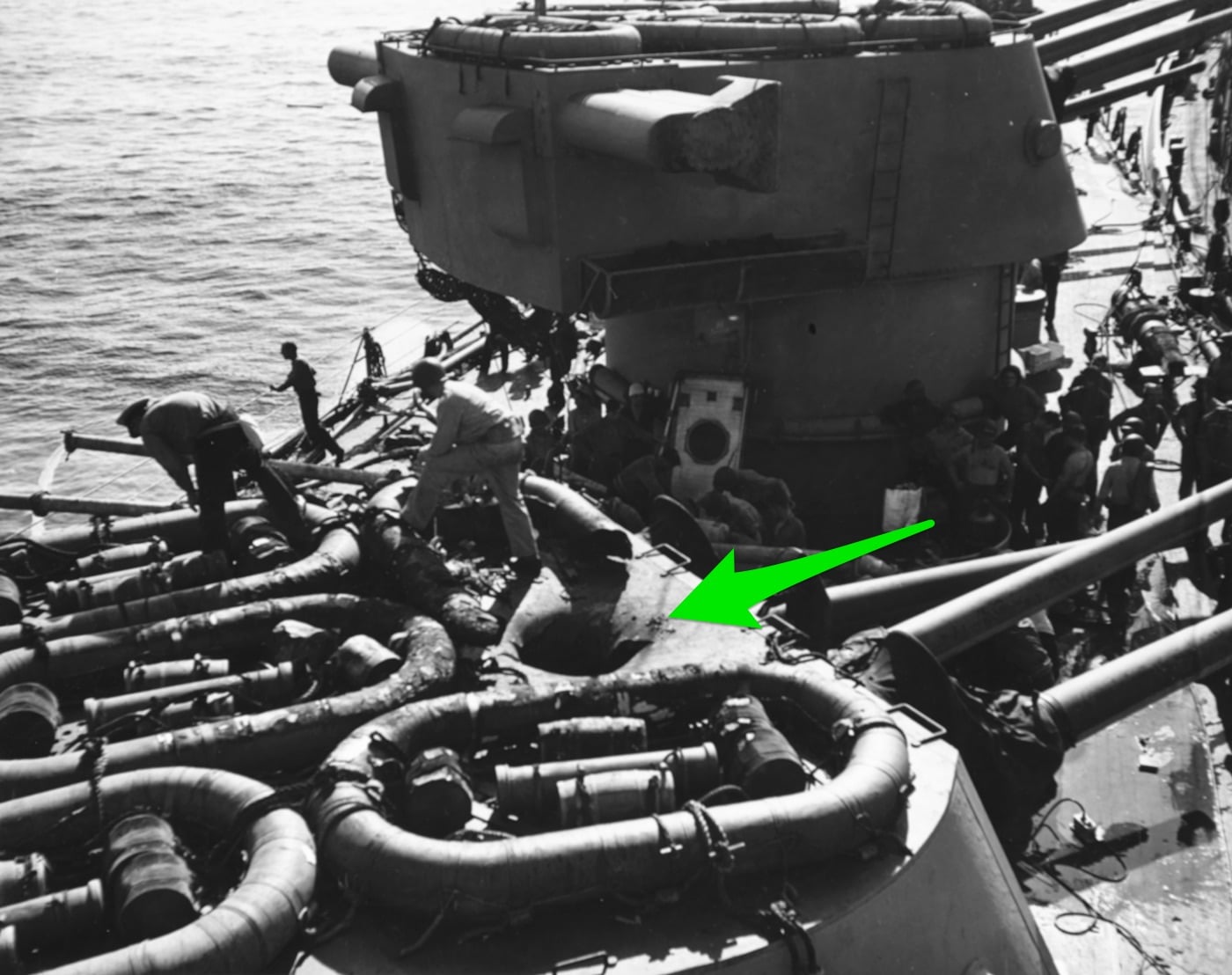
This photo shows the bomb penetration atop the USSSavannahgun turret. The neatness of the hole belies the destruction below. Image: U.S. Navy
Counter measures: Counter measures for this bomb are the same as those employed against the glider bomb.
Advanced Ship-Strike Technology
Fritz Xs entry into combat represented a sudden and dramatic challenge to Allied warships.
For a brief and terrifying period, it seemed that no ship was safe.
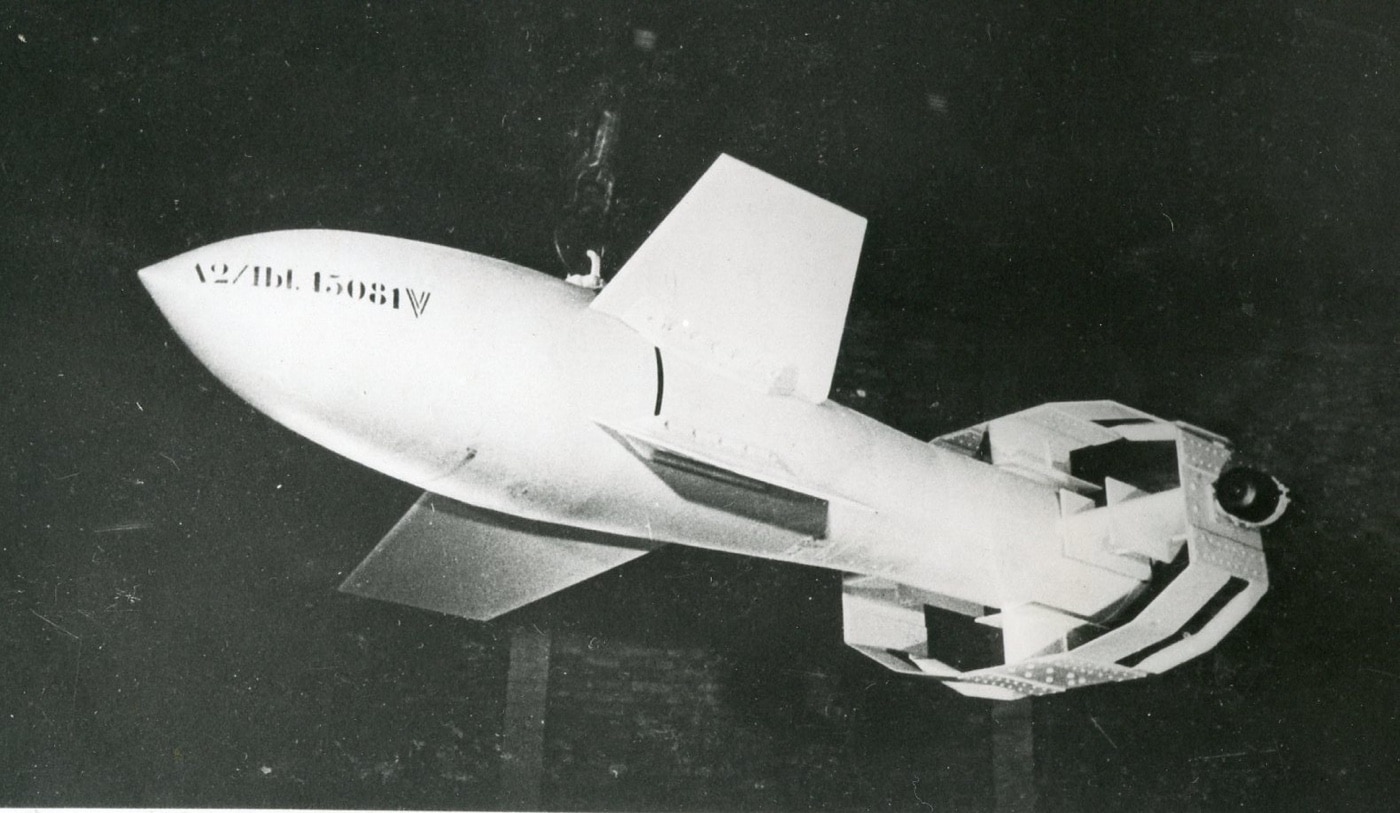
A wartime image of the “Fritz X” guided bomb carried by the Dornier Do. 217 and Heinkel He 177 bombers. Image: NARA
The danger was averted with a combination of air cover and eventually electronic countermeasures.
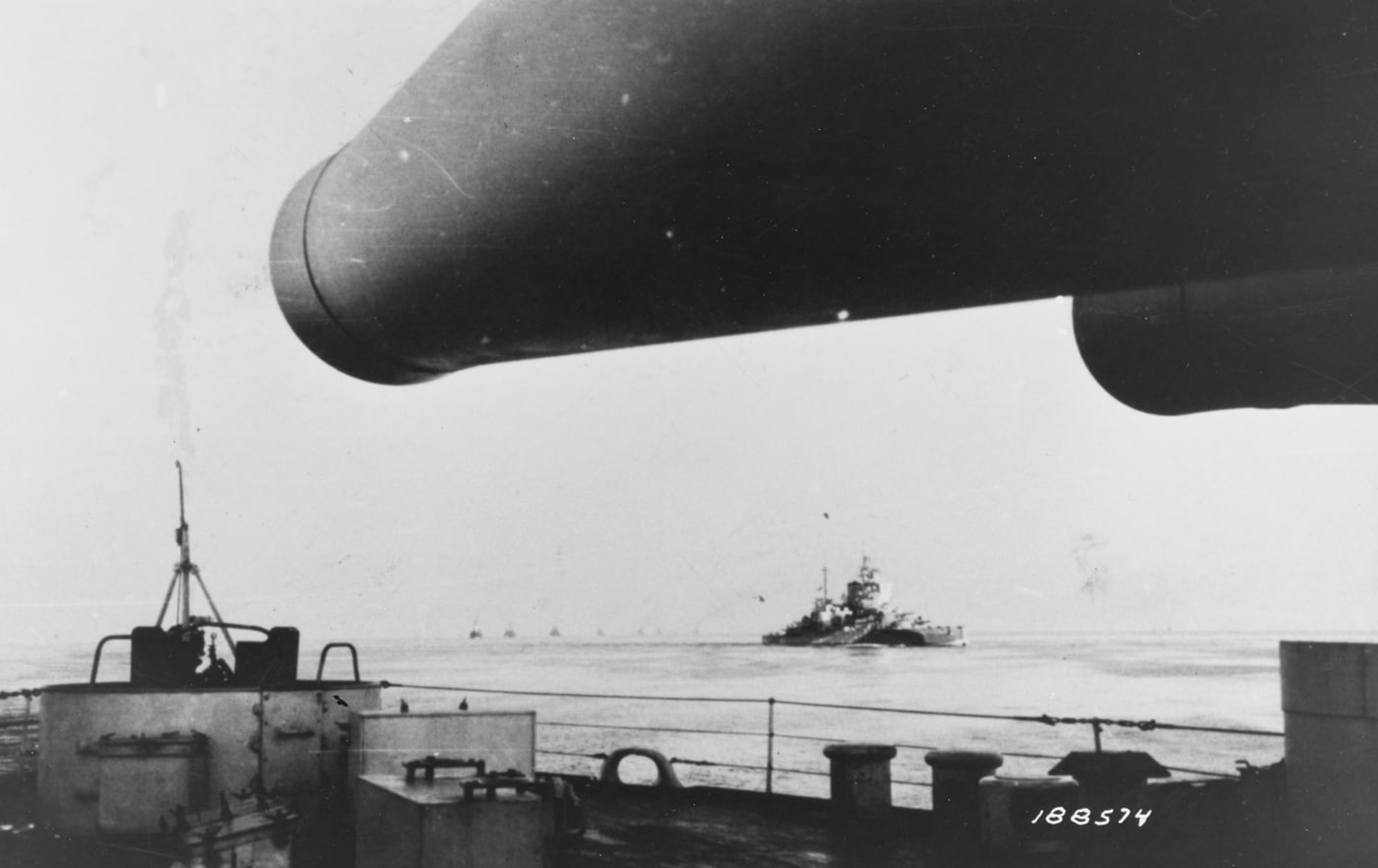
From the deck of the HMSWarspite, the Fritz-damaged Italian navy arrives in Malta to surrender on September 10, 1943. Four days later, theWarspitewould be hit by a Fritz X. Image: NARA
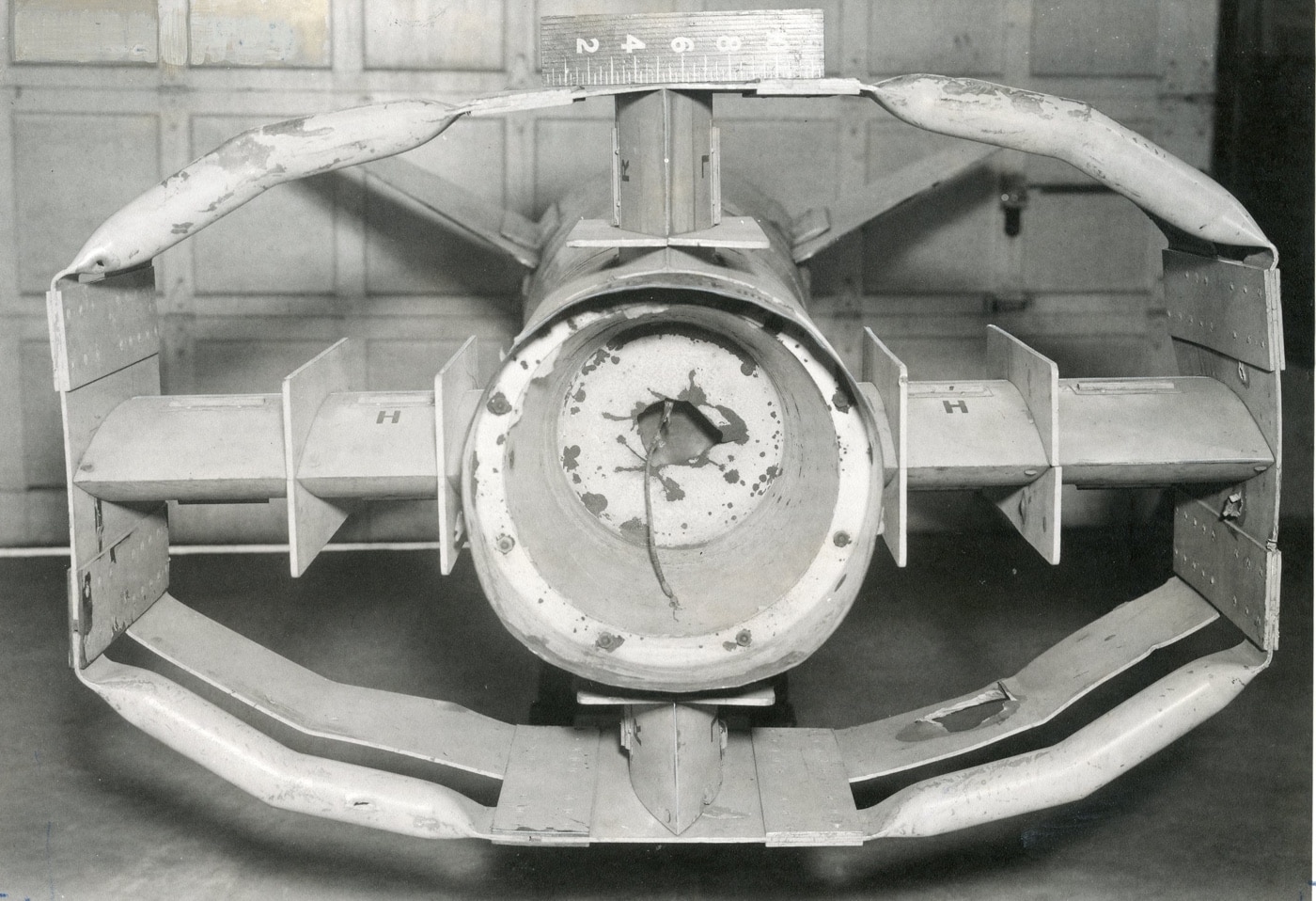
The rear fin structure of the Fritz X was remotely controlled to maneuver the bomb. A large flare in the rear provided visual guidance to the bombardier steering the bomb onto target. Image: NARA
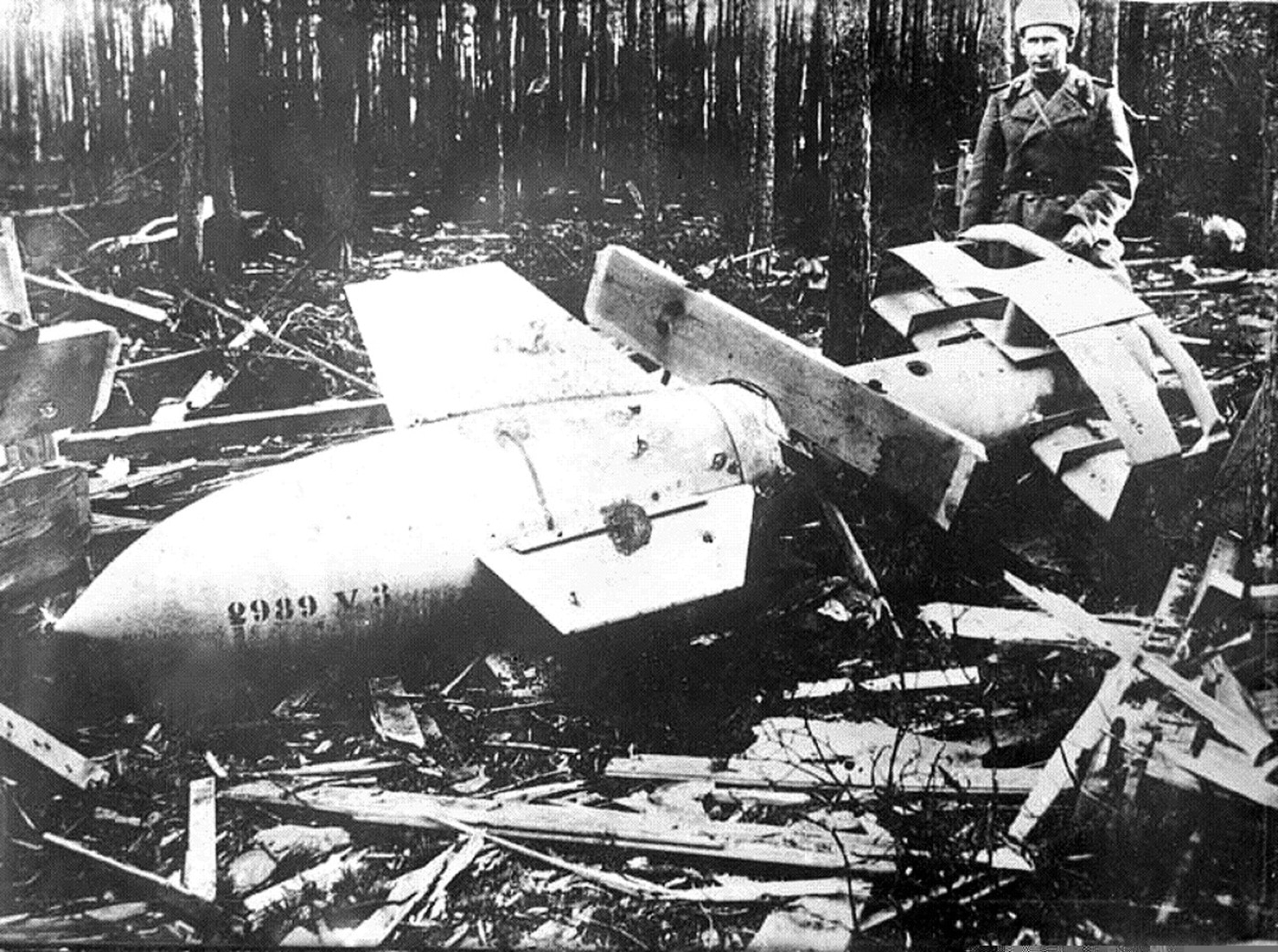
Soviet troops examine a recovered Fritz X in the spring of 1945. At this late date, the Fritz X was used against bridges over the Oder River. Image: Author’s collection




